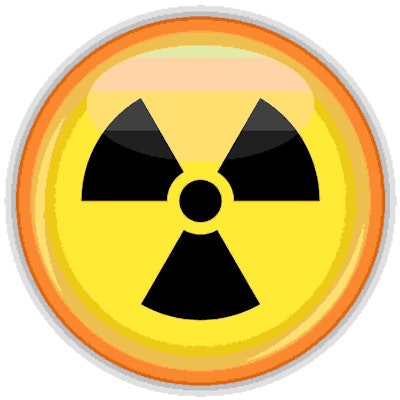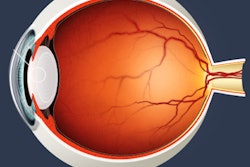
Over the past 60 years, radiologic technologists (RTs) have tended to follow standard radiation protection protocols. But they're still at greater risk of radiation exposure and ensuing disease, according to a new study published in the American Journal of Roentgenology.
Previously published reports have shown that technologists who perform fluoroscopically guided interventional procedures are at risk of brain tumors, breast cancers, and cataracts, although these reports were based on small cohorts and did not compare the subjects with technologists who do not perform these procedures, according to a team led by Dr. Hyeyeun Lim from the U.S. National Cancer Institute.
The current study used data from the U.S. Radiologic Technologists study, which began in 1982, to assess changes over time in the types of fluoroscopically guided interventional procedures performed and the associated radiation safety practices used by RTs.
"To our knowledge, this study is the first to provide comprehensive historical information about work history practices of radiologic technologists who performed or assisted with fluoroscopically guided interventional procedures," the researchers wrote (AJR, August 30, 2016).
Radiation risk
Fluoroscopically guided interventional procedures represent a significant advance in patient care because they require smaller incisions and shorter recovery times than traditional surgery. So it's not surprising that their use is expanding in many medical fields, contributing author Dr. Martha Linet told AuntMinnie.com via email.
But despite the patient benefits of these procedures, performing them can expose medical workers to ionizing radiation.
"Radiation exposure can be substantial over a career and potentially places these workers at increased risk for radiation-related diseases," Linet said.
The researchers included responses from 12,571 U.S. RTs to a questionnaire administered in 2013-2014 to assess their work practices and associated radiation safety practices for 21 fluoroscopic interventional procedures. It was not until this particular survey was administered that specific work history information about fluoroscopically guided interventional procedures became available.
Of these survey respondents, 67.3% were 60 years or older. Most became certified between 1970 and 1979, and more than half (63.9%) had performed fluoroscopic interventional procedures for more than 10 years. Most technologists (85.6%) had performed or assisted with therapeutic procedures, while a lesser number (52.7%) had performed or assisted with diagnostic procedures.
In fact, the proportion of technologists conducting therapeutic fluoroscopic procedures increased from 68% before 1970 to 85% between 1990 and 1999 before it leveled off, while the proportion of technologists performing diagnostic fluoroscopically guided interventional procedures increased from 30% before 1970 to 50% between 1970 and 1979, decreasing thereafter.
Why the predominance of therapeutic procedures? New technologies such as balloon catheters and microcatheters, guidewires, and vascular stents have sparked the increase. Meanwhile, the decline of diagnostic fluoroscopically guided interventional procedures can be attributed to the introduction of noninvasive procedures such as CT, CT angiography, MRI, and MR angiography in the 1980s and 1990s, the group wrote.
The survey results also showed the following:
- There was a steady increase over time in the proportion of technologists performing or assisting with peripherally inserted central catheter placement: 14% from 1970 to 1979 to 34% from 2000 to 2009.
- There was a steady increase over time in the proportion of technologists performing or assisting with port placement: 8% from 1970 to 1979 to 37% from 2000 to 2009.
- The median number of times per month that technologists performed or assisted with any fluoroscopically guided interventional procedure tripled over the time period, from nine before 1970 to 26 from 2000 to 2009.
Of the technologists who participated in the study, most reported wearing radiation monitoring badges and lead aprons at least 75% of their work time. But fewer than 50% reported consistent use of thyroid shields and lead glasses, and less than a third reported using room shields, even in the most recent decade, the researchers found.
Enough protection?
Despite using radiation safety tools such as badges and aprons, the increased workload of RTs may keep them at risk, according to the group.
"Our study shows that adoption rates of these safety measures are increasing, but many radiation workers may still be experiencing more exposure than necessary," Linet told AuntMinnie.com.
The researchers hope the findings will be used along with badge dose data to estimate organ radiation dose for studies of radiation-related health risks in RTs who perform fluoroscopically guided interventional procedures.
"Since our study included technologists who were first certified before 1980, a comprehensive assessment is needed of more recent practices and associated organ radiation dose estimates of workers in this field," Linet concluded.




















